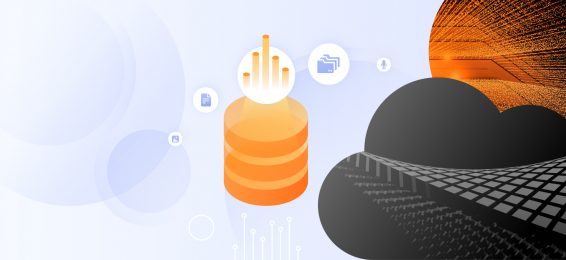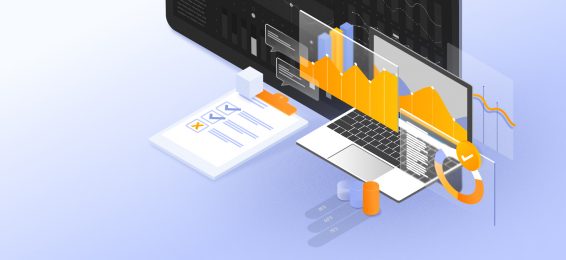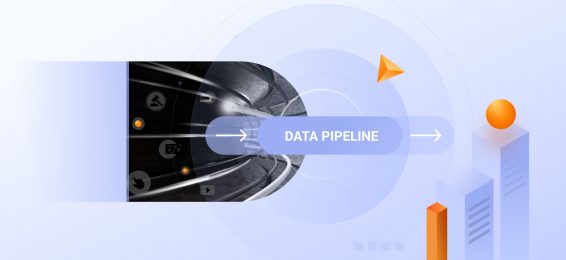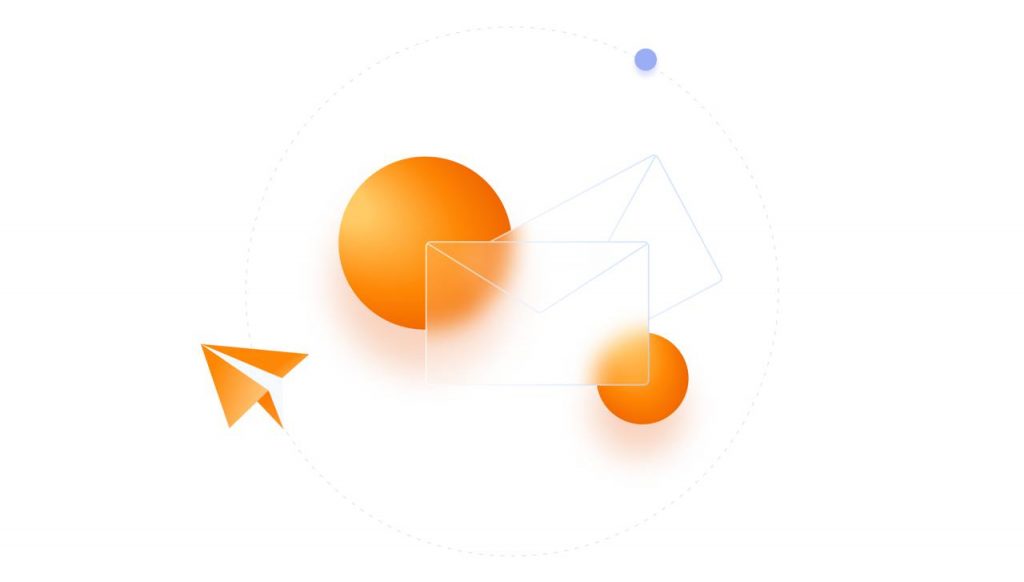What role does RAG play in enhancing modern language models?
Retrieval Augmented Generation (RAG) represents a powerful approach to enhancing Large Language Models (LLMs) by combining their generative capabilities with external knowledge retrieval. The RAG architecture enables AI systems to access and incorporate relevant information from specialized databases while generating responses, significantly improving accuracy and relevance. This fusion of retrieval and generation has transformed how AI systems handle knowledge-intensive tasks.
How does RAG differ from traditional LLM fine-tuning approaches?
The distinction between RAG and fine-tuning lies in their fundamental approaches:
RAG Model:
- Dynamically retrieves relevant information
- Maintains current knowledge through updated databases
- Requires less computational resources
- Offers greater flexibility in knowledge updates
Fine-tuning:
- Modifies model weights directly
- Embeds knowledge permanently
- Demands significant computing power
- Requires complete retraining for updates
What advantages emerge when combining RAG with LLMs?
RAG implementation offers several key benefits:
Knowledge Access:
- Real-time information retrieval
- Reduced hallucination risks
- Enhanced factual accuracy
- Expanded knowledge base
Operational Benefits:
- Lower computational costs
- Easier maintenance
- Greater transparency
- Improved control over responses
How does RAG transform information retrieval and generation?
The RAG workflow consists of several key components:
Retrieval Phase:
- Processes user queries
- Searches knowledge base
- Identifies relevant content
Augmentation Phase:
- Combines retrieved information
- Contextualizes content
- Prepares for generation
Generation Phase:
- Produces informed responses
- Maintains coherence
- Ensures accuracy



